Sławojki vs Intelligent Toilets

A few words about the history?
Imagine that it's the beginning of a new century, and you are a proud Varsovian. You immerse yourself in the poetry of Tadeusz Boy-Żeleński, charm beautiful women by quoting Leopold Staff, and in the evenings, you go to the theater or opera.
In charming cafes, you drink coffee imported from the West and discuss art. Later, you go home and step into... human feces. At the turn of the century, sewage in big cities flowed through open gutters, which often overflowed and clogged.
Even in the 1930s, those who had a decent latrine were considered progressive.
Interestingly, we are talking here about big cities like Warsaw or Krakow.
The situation was even worse in the countryside. Polish peasants were so averse to the "new civilization" that the then Prime Minister, Felicjan Sławoja Składkowski, made it his goal to improve the health and hygiene of Polish society. In 1928, he introduced a law requiring the construction of a latrine on every building plot, and then traveled around the country to inspect the sanitary requirements of the newly built "slawojki," or small huts with a board with a hole inside, closed from the inside.
Currently in Poland (according to GUS data for 2014), over 95 percent of households are equipped with a flush toilet connected to running water.
Toilets of the 21st century
100 years ago, people would enter a toilet and say "wow!" - because it meant that the toilet "was", and that was a luxury. Today, it's not so easy to evoke a similar reaction among those using them. Let's not fool ourselves - soap, toilet paper, towels, or even a hook for a bag - no longer impress anyone. So how can we surprise them?
A study conducted by Formica Group - "Polish Washroom Whitepaper provides a complete picture of public toilets in Poland" 2018 shows that:
- 85% of Polish respondents* indicate that public toilets are less hygienic,
- 66% point to an unpleasant smell,
- 40% miss privacy,
- 44% miss toilet paper.
The answer is obvious - the best way to surprise them is with cleanliness. How can we achieve that? There are a few ways:
1. Standard and consistency
Have you ever urgently searched for a toilet on the road, for example while driving a car?
We assume that it has happened more than once. Think about it - what place did you think of first? A gas station or a "golden arches" restaurant, and not public toilets available in every city or a rest area, also known as a Motorway Service Area (MSA).
This is because we have the most positive associations with the aforementioned places. Cleanliness, music, pleasant smell, and most importantly - always the same, high standard. When going to the toilet in such a place, we can always be sure that the consistency in cleanliness standards will be maintained. Comparing Polish MSAs to our European neighbors, we are doing exceptionally well, both in terms of cleanliness and equipment - yet we still prefer standardized facilities.
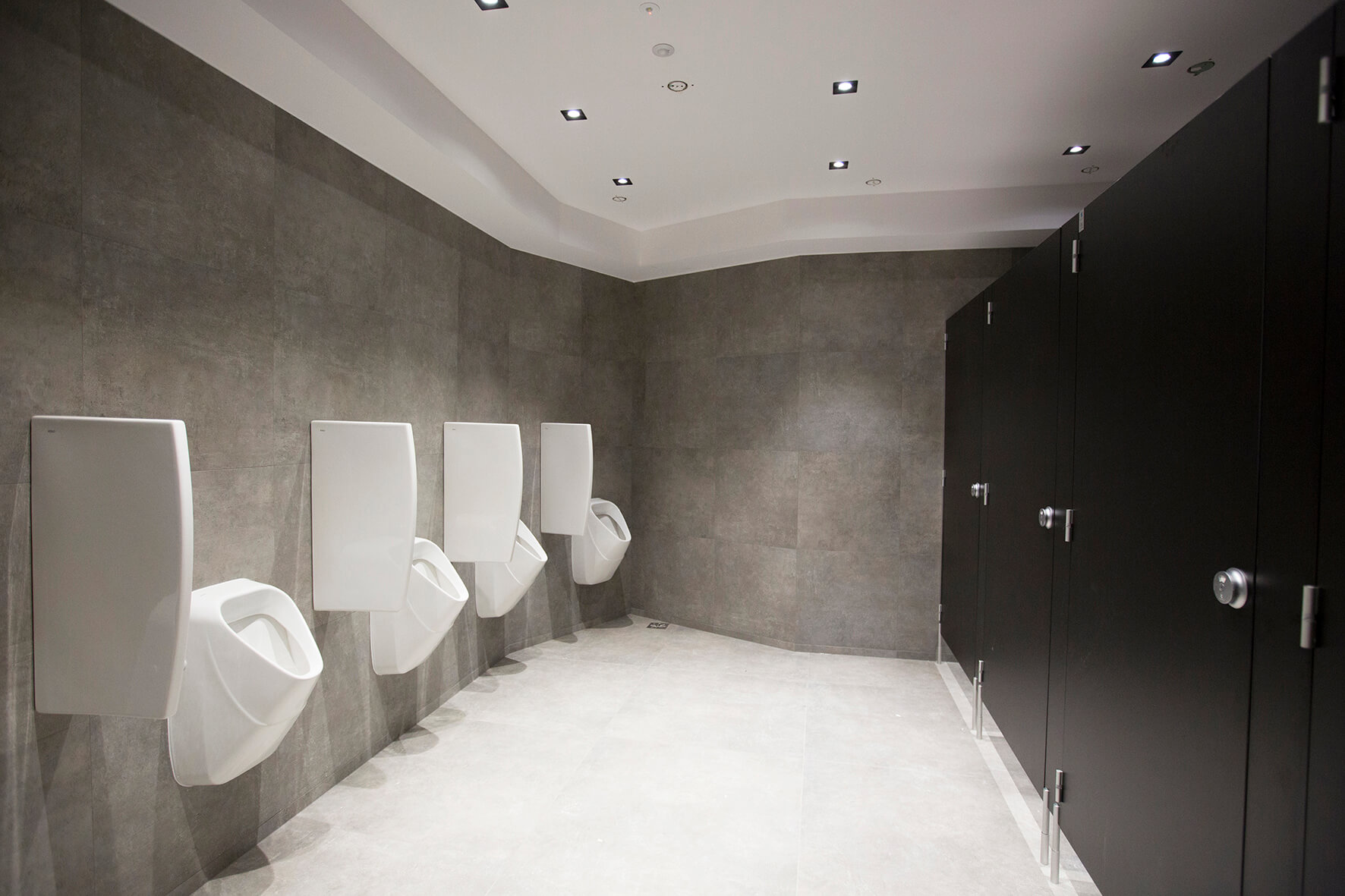
2. Smart bathrooms, or automatic systems behind the mirror
Toilet accessories placed behind the mirror give the impression of a more minimalist space, and as a result - they are more fashionable. Additionally, or perhaps above all: we avoid the sight of rearranged, full soap or dust dispensers and other equipment elements. Visually - the bathroom becomes cleaner and more aesthetic. Touchless solutions also mean greater safety - especially in high-traffic areas. Shopping malls, metro stations, or cultural facilities can perfectly combine minimalist design with user comfort.
Moreover, automatic systems are a great sanitary revolution, especially in the times of COVID. Thanks to them, our Guests have a greater sense of hygiene safety. This is because they do not have to physically touch any surface. It is enough to place their hand under the soap dispenser or faucet, and it will automatically dispense the perfectly measured amount of liquid. The same applies to towel or toilet paper dispensers.
In addition to the issue of protection against bacteria, we also gain another advantage - we avoid unraveled toilet paper rolls scattered all over the bathroom or an open faucet. Our Employees will no longer have to run to the bathroom every 5 minutes to check its cleanliness. Additionally - thanks to automation, we save on toilet materials.
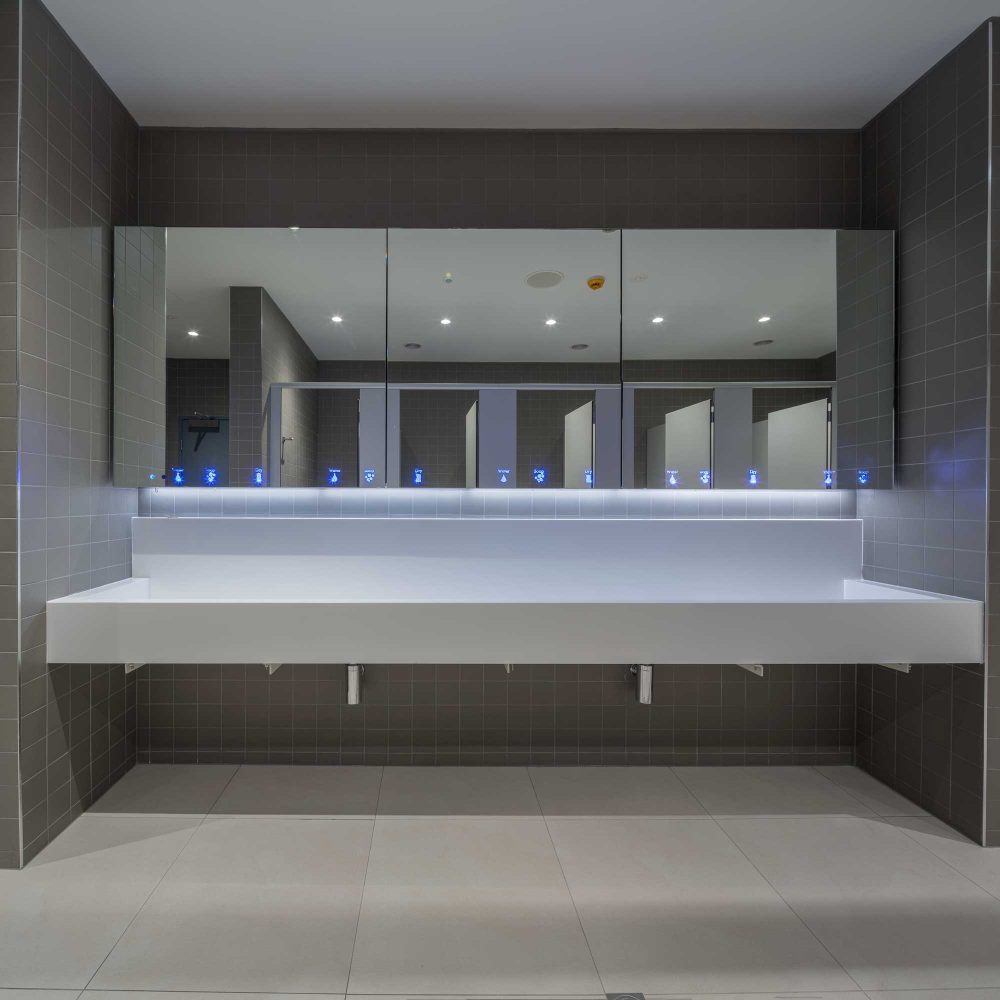
3.Smart home ? security and comfort
I think this point may surprise you. Hygiene is not just about cleanliness, but also about new technologies that help maintain it. Sensors protecting the bathroom from flooding, electronic bathroom faucets with optical motion sensors, and special antibacterial coatings on sanitary ceramics are just some of the bathroom equipment elements that increase the feeling of cleanliness in visitors.
Additionally - if we already surprise Poles with the cleanliness of the bathroom, then wifi systems can give us a "wow" effect on par with what was achieved 100 years ago.
Imagine - you arrive at a luxury hotel and want to take a bath, but in the bathroom you find a special system that allows you to connect light, water, scent, and sound - thanks to it, guests will feel like they are in a spa, relax, and take care of all their senses. Cool, right?
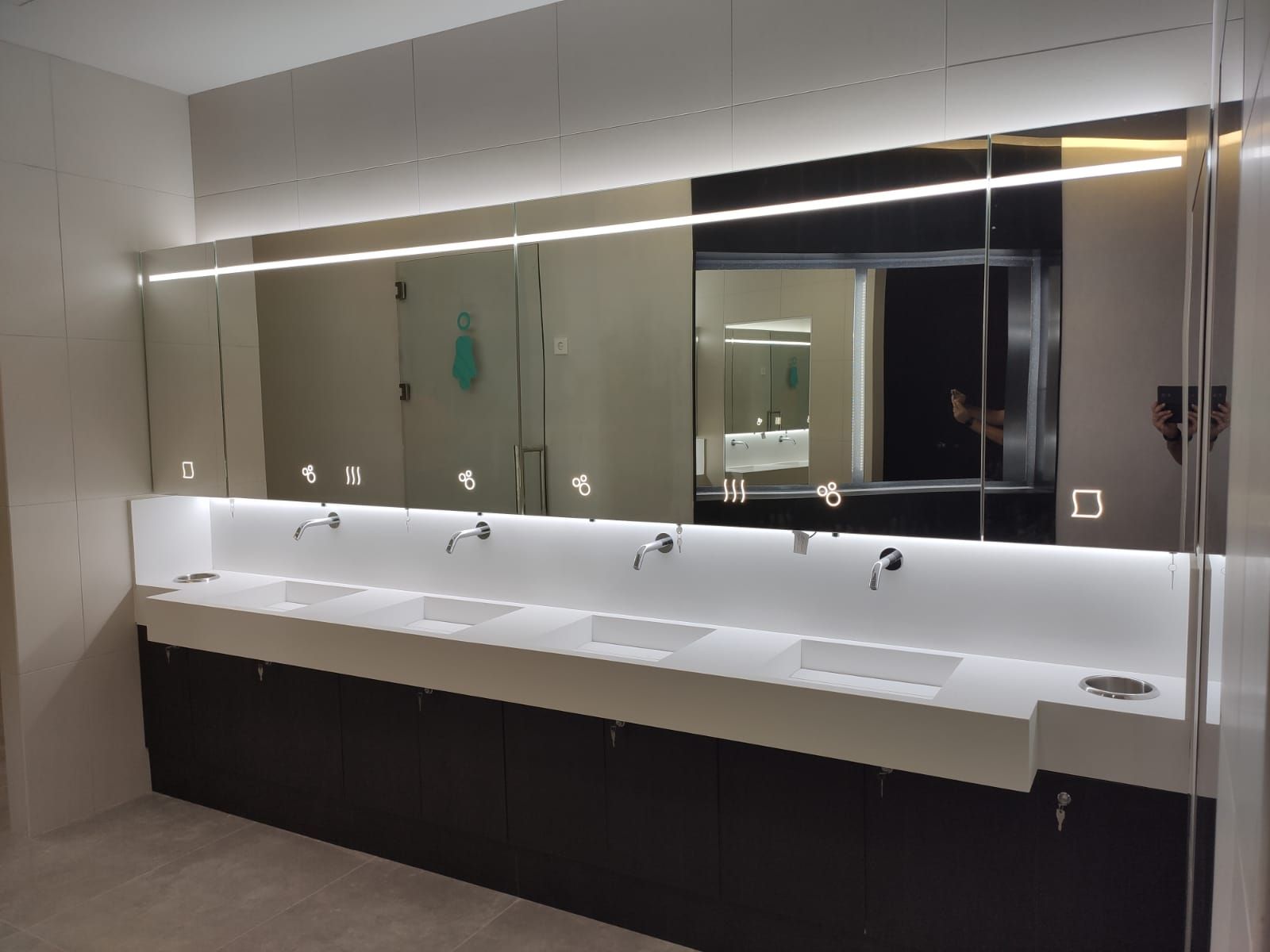
Maybe you are a developer who builds houses. Every potential Client will smile at the thought that they will be able to set a time for the bathtub to start filling with water on its own, and they can wake up in the morning and immediately take a refreshing bath. Doesn't that sound good?
In addition, special applications for operating devices will show the Cleaning Service the level of soap or notify them when the toilet paper in the dispenser is running low.
Let's not forget about people with disabilities - automatic speech systems, high-contrast finishes, or specially designed paths can significantly improve their daily functioning and comfort. New technologies are a topic that, as a manufacturer of comprehensive public toilet equipment, we could write a few hundred pages about. And we like to share our knowledge, so we will definitely come back to this topic!
Check out the solutions for automatic and touchless fixtures from Faneco: https://bit.ly/3mjiewq
Talk to our experts: https://bit.ly/3B22vIz
Check out other articles:
Hotel bathroom equipment
Restaurant toilet - requirements, design, equipment
The oldest hotel in the world
Hotel hair dryers and mirrors - which ones to choose?
Public toilet equipment - offer for architects and designers
Toilet equipment for construction companies and developers
Bathrooms for people with disabilities
Bathrooms for HoReCa

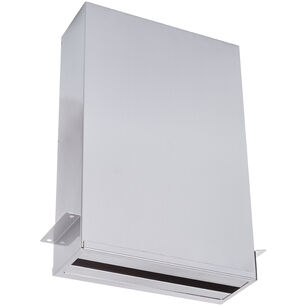
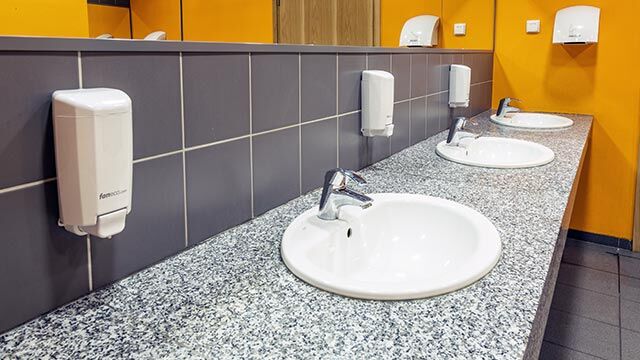

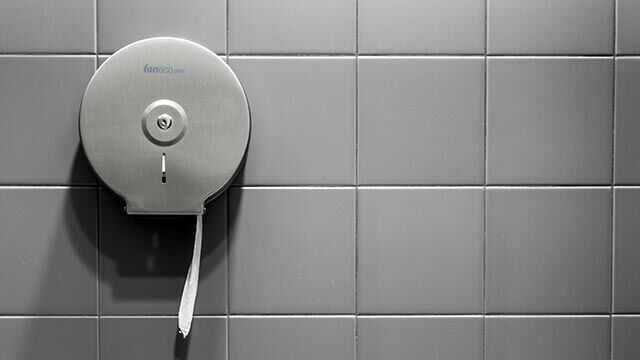
 Polski
Polski
 Český
Český
 Deutsch
Deutsch
 Spanish
Spanish
 French
French
 Italian
Italian